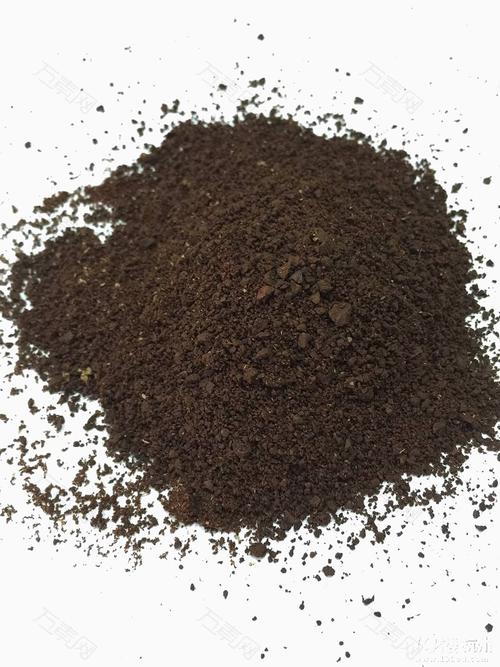**Silicon’s Secret Family: Where Does This Element Hang Out?**
(What Family Is Silicon In)
You know silicon. It’s in your phone, your laptop, even the glass you drink from. But have you ever wondered where this superstar element actually comes from? Let’s crack open the periodic table and find out who silicon’s closest relatives are.
First off, the periodic table isn’t just a chart. It’s a family reunion. Elements are grouped by shared traits, like how they behave or what they’re made of. Silicon sits in Group 14. That’s right—it’s part of the carbon family. Wait, carbon? The same stuff in pencils and diamonds? Exactly. Silicon and carbon are like cousins who look different but share some wild similarities.
Carbon is life’s backbone. It builds DNA, fuels cells, and makes up every living thing. Silicon? Not so much. But here’s the twist: silicon loves to mimic carbon. Both have four electrons ready to bond, making them social butterflies in chemistry. Carbon teams up with oxygen, hydrogen, and others to create organic molecules. Silicon prefers hanging out with oxygen too, but instead of life, it makes rocks. Seriously. Over 90% of Earth’s crust is built from silicon-oxygen compounds.
Why the difference? Carbon bonds are tight and flexible, perfect for complex, squishy life stuff. Silicon bonds are bulkier and stiffer. Picture carbon as a nimble acrobat and silicon as a sturdy brick layer. That’s why carbon builds proteins, and silicon builds sand.
But silicon’s family isn’t just carbon. Group 14 includes germanium, tin, and lead. Germanium is silicon’s nerdy sibling—it helped invent transistors but got overshadowed by silicon. Tin is the flexible one, bending into cans or solder. Lead? The heavy, toxic cousin we avoid now but used to love for pipes and paint.
Here’s where it gets cool. Silicon bridges two worlds. It’s a metalloid, meaning it’s both metal and non-metal. This dual nature makes it a tech hero. Pure silicon isn’t great at conducting electricity, but add a dash of other elements, and boom—you’ve got semiconductors. These tiny chips run everything from microwaves to Mars rovers.
Carbon might rule biology, but silicon rules tech. Without it, there’d be no internet, no smartphones, no solar panels. Speaking of solar panels, silicon soaks up sunlight and turns it into power. It’s literally helping save the planet.
People sometimes call silicon the “carbon copy” of the mineral world. Both form long chains, but silicon’s are weaker. That’s why we don’t have silicon-based life (sorry, sci-fi fans). But in labs, scientists toy with silicones—silicon-oxygen polymers that make lubricants, sealants, and even fake rubber noses.
Silicon’s family ties explain its versatility. Sharing Group 14’s traits lets it adapt. It’s in glittering quartz, sticky magma, and the glass on your screen. It’s everywhere, quietly shaping the modern world.
(What Family Is Silicon In)
So next time you scroll through your phone or walk past a granite countertop, remember silicon. It’s not just a boring rock element. It’s a carbon cousin with a rockstar résumé, bridging biology and tech, nature and industry. And who knows? Maybe one day we’ll find silicon doing something even wilder—like fueling alien life forms on distant planets. For now, though, it’s busy being the unsung hero of your everyday gadgets.
Inquiry us
if you want to want to know more, please feel free to contact us. (nanotrun@yahoo.com)




